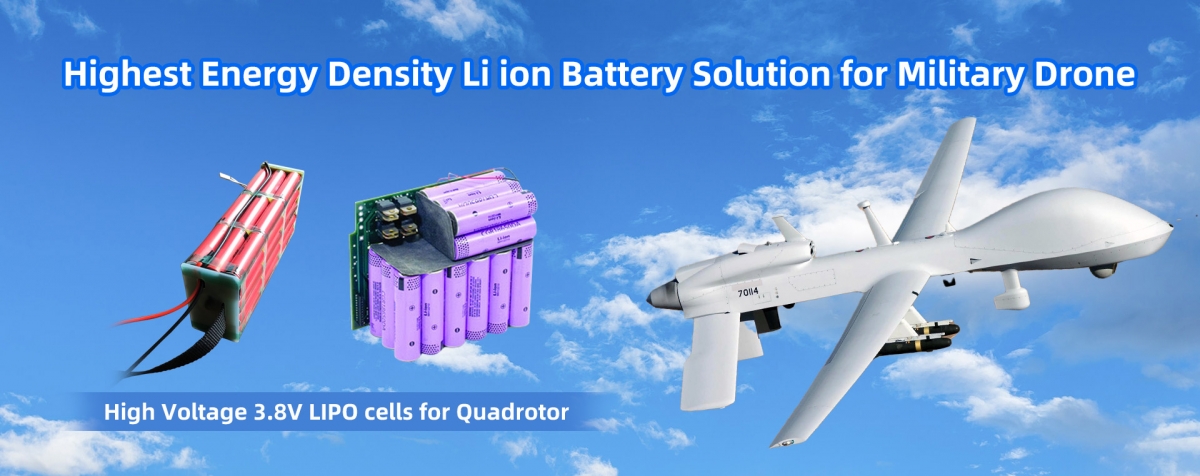- 09
- Nov
Fast charging Battery new development
On July 20th, Dr. James Quach, an expert in quantum physics, joined the University of Adelaide in Australia as a visiting scholar to promote the practical application of quantum batteries.
Dr. Quark graduated from the University of Melbourne and worked as a researcher at the University of Tokyo and the University of Melbourne respectively. Quantum battery is a theoretically super battery with instantaneous charging capability. This concept was first proposed in 2013.
Studies have shown that, in the charging process, compared with non-entangled quantum, entangled quantum travels a shorter distance between the low-energy state and the high-energy state. The more qubits, the stronger the entanglement, and the faster the charging process will be due to the “quantum acceleration” that occurs. Assuming that 1 qubit takes 1 hour to charge, 6 qubits only need 10 minutes.
“If there are 10,000 qubits, it can be fully charged in less than a second,” said Dr. Quark.
Quantum physics studies the laws of motion at the atomic and molecular level, so ordinary physics cannot explain the laws of particle motion at the quantum level. The quantum battery, which sounds “abnormal”, depends on the special “entanglement” of quantum to be realized.
Quantum entanglement refers to the fact that after several particles are used for each other, since the characteristics of each particle have been integrated into the overall nature, it is impossible to describe the nature of each particle individually, only the nature of the overall system.
“It is because of (quantum) entanglement that it is possible to speed up the battery charging process.” Dr. Quark said.
However, there are still two known unsolved problems in the practical application of quantum batteries: quantum decoherence and low power storage.
Quantum entanglement has extremely high requirements on the environment, that is, low temperature and isolated systems. A typical quantum system is not an isolated system, and it is impossible to maintain a quantum state for such a long time. As long as these conditions change, the quantum and the external environment will be used and the quantum coherence will be attenuated, that is, the “decoherence” effect, and the quantum entanglement will disappear.

Regarding the energy storage of quantum batteries, Italian physicist John Gould said in 2015: “The energy storage of quantum systems is several orders of magnitude smaller than that of everyday electrical equipment. We just proved theoretically that it is inputting a system. When it comes to energy, quantum physics can bring acceleration.”
Even if there are still problems to be solved, Dr. Quark is still confident in the practical application of quantum batteries. He said: “Most physicists should think the same as me, thinking that quantum batteries are an application technology that we can’get with one jump’.”
Dr. Quark’s first goal is to expand the theory of quantum batteries, build an environment conducive to quantum entanglement in the laboratory, and create the first quantum battery.
Once successfully promoted into practical use, quantum batteries will replace traditional batteries used in small electronic devices such as mobile phones. If a quantum battery with a large enough capacity can be produced, it can serve large-scale equipment powered by renewable energy such as new energy vehicles.
